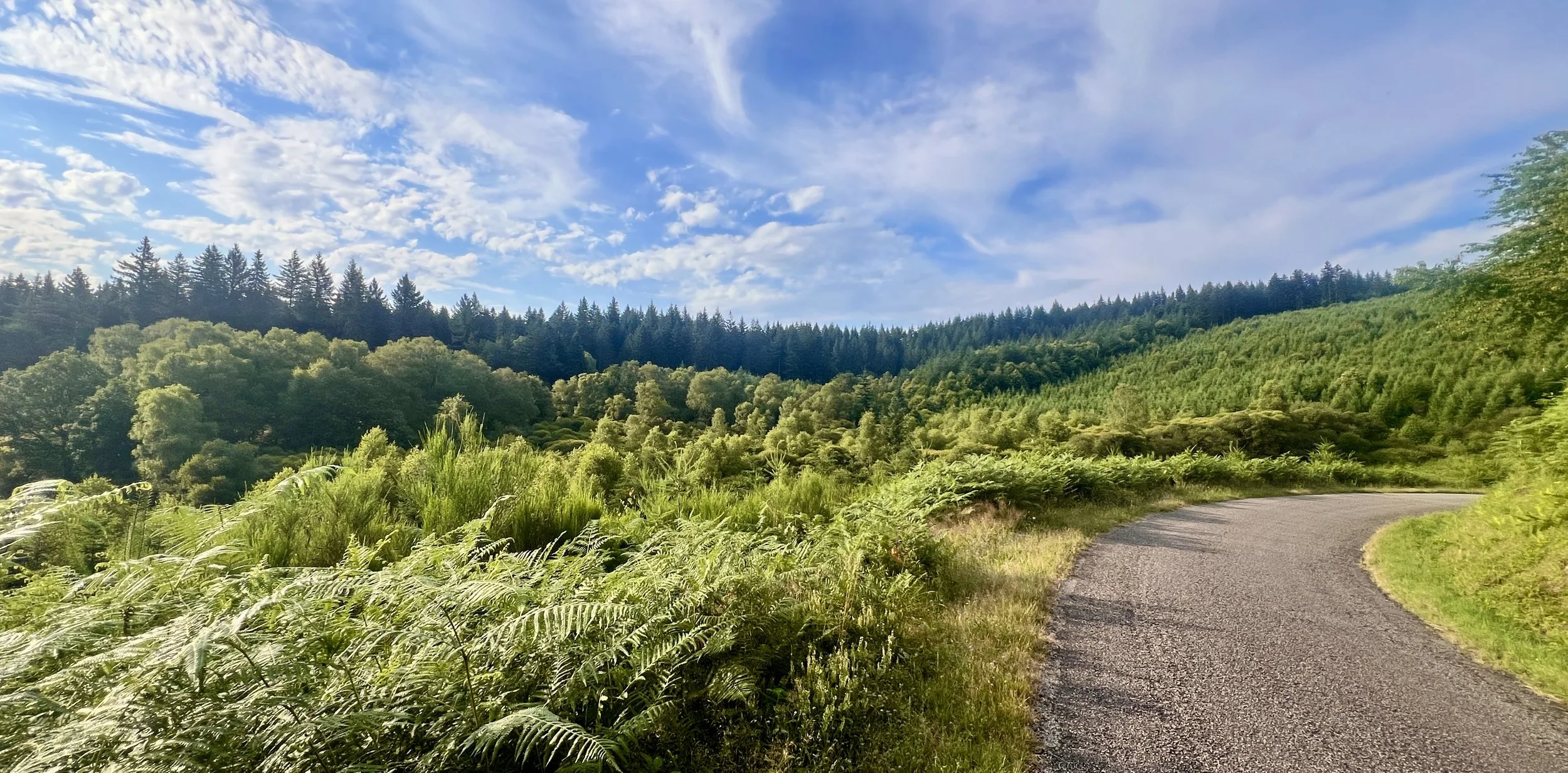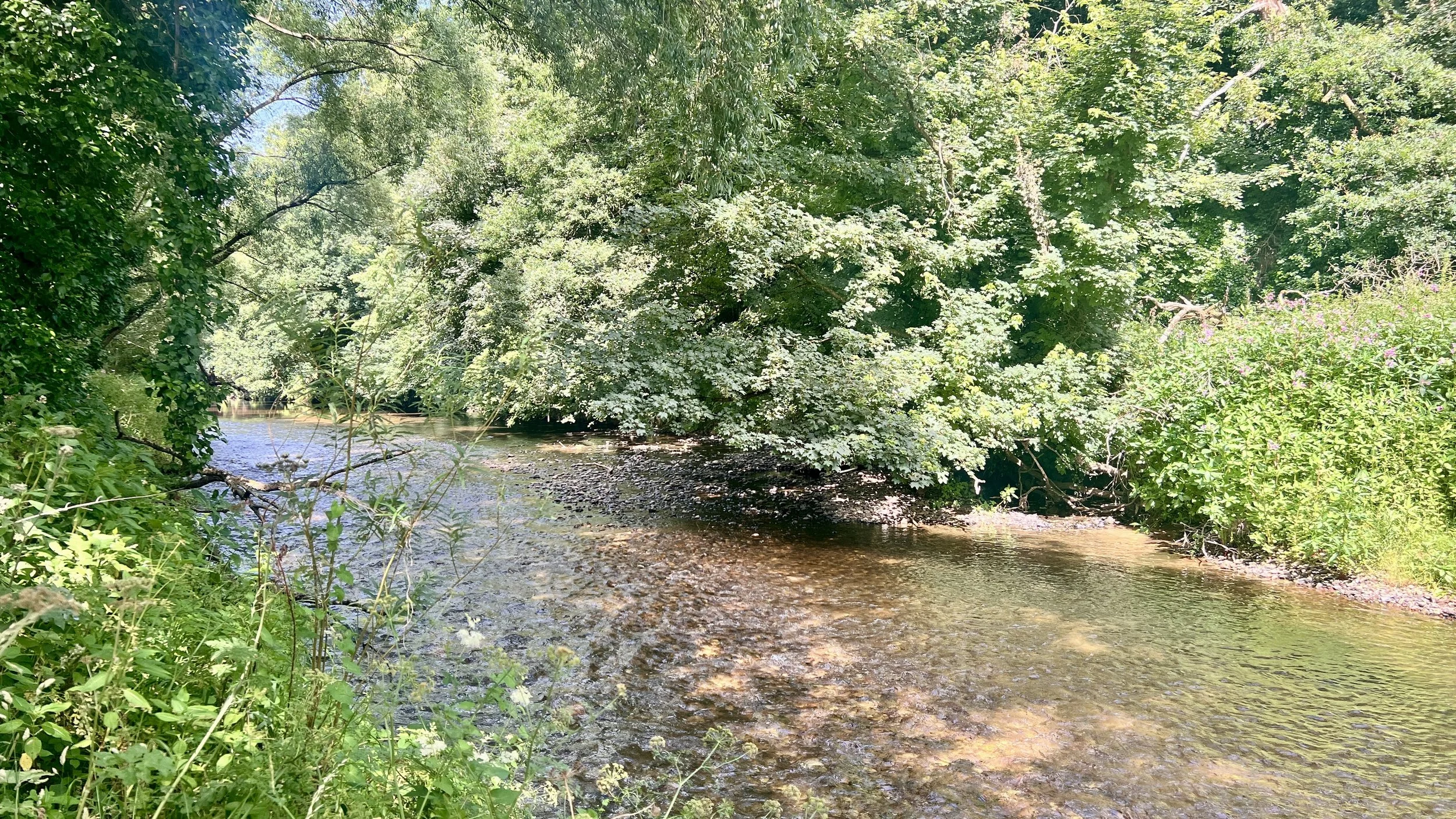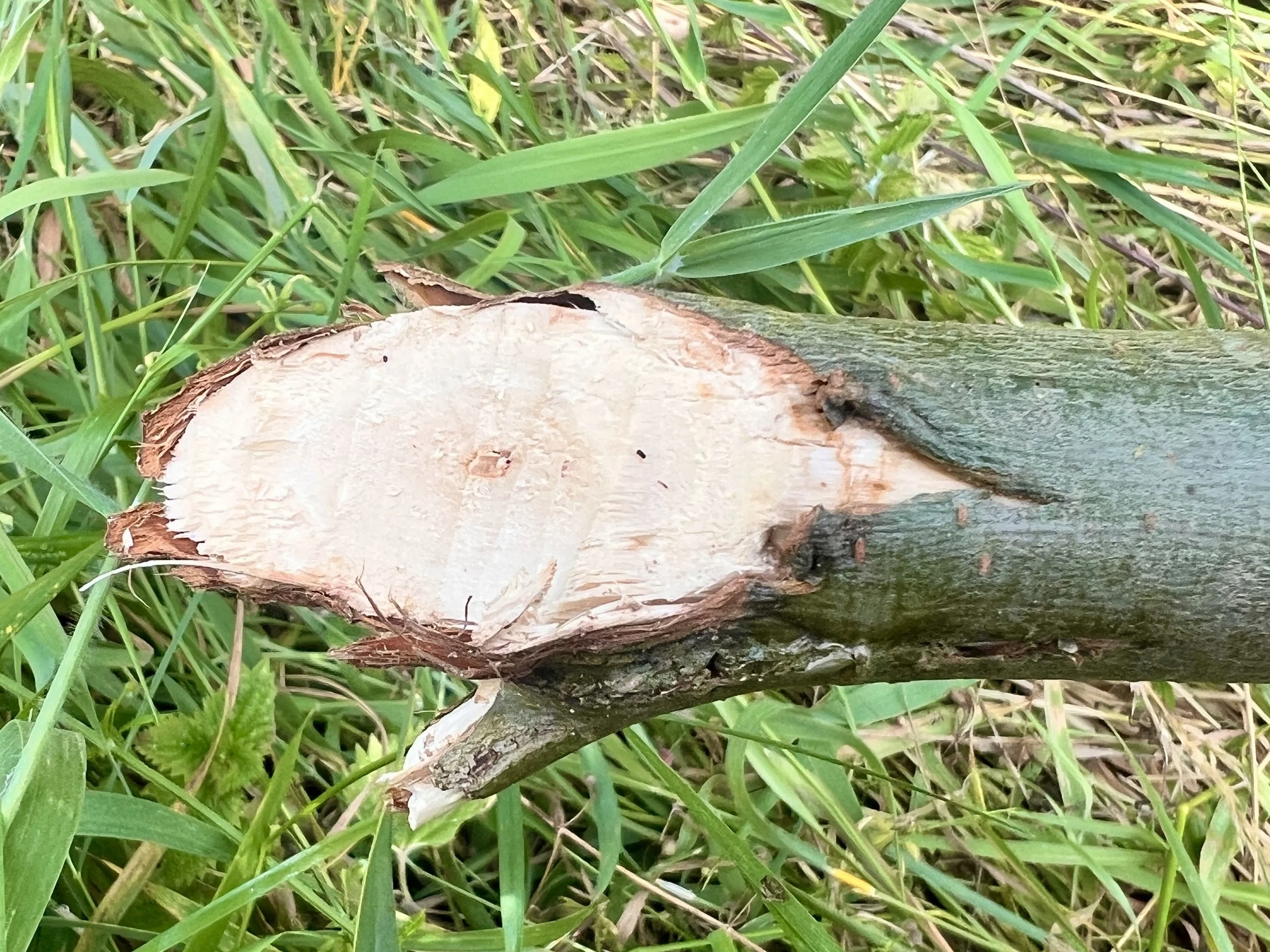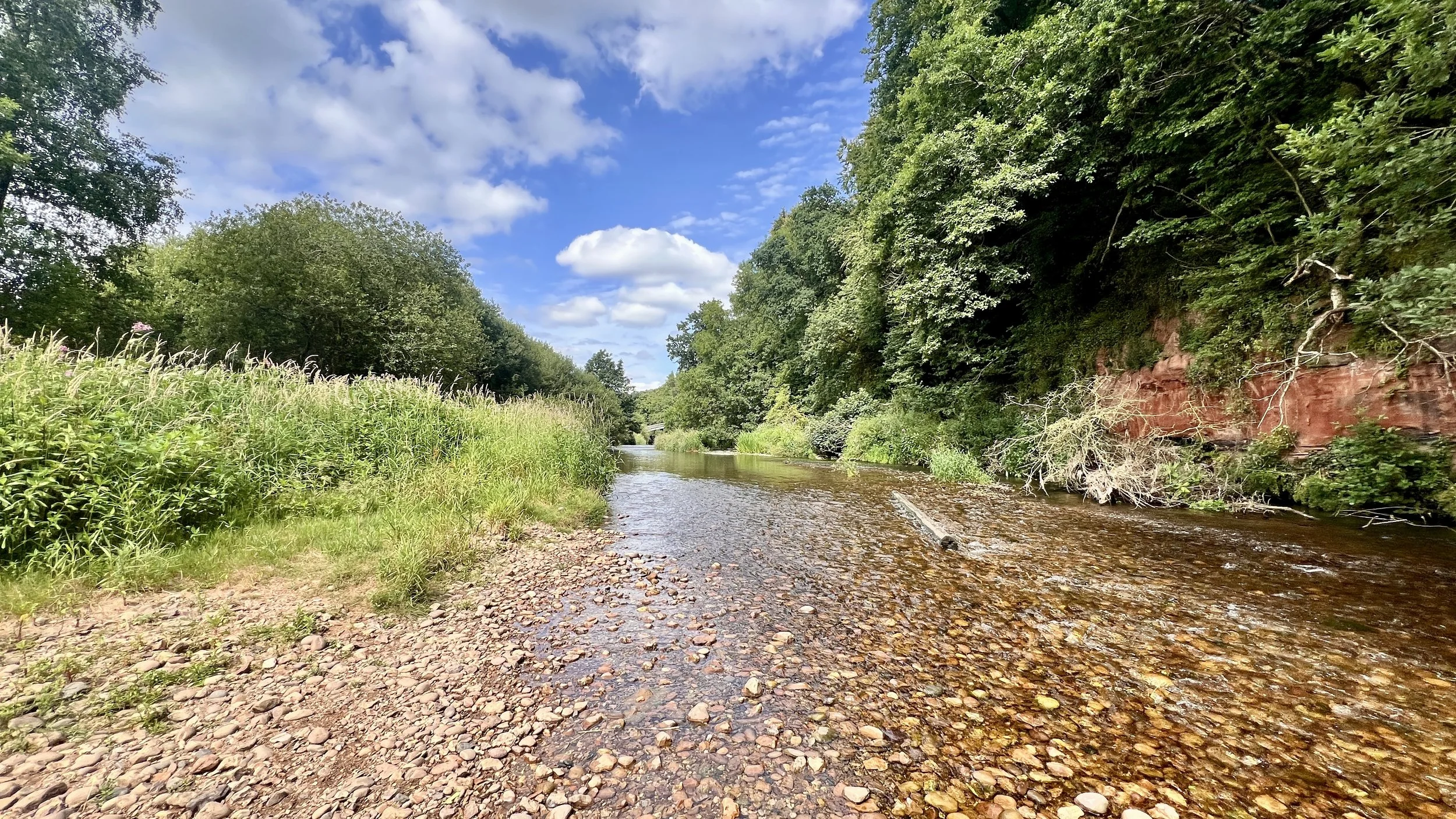UK Wildlife News: Stories and Photo Projects 4th August 2025
Over the past week three different conservation narratives have rippled through the UK’s natural world—each carrying its own visual texture and opportunity for photographers. From rare raptors nesting on working farmland, to stalled momentum in freshwater rewilding, to a quiet marine comeback beneath the waves, these stories offer a chance to build a cohesive body of work that reflects both progress and the tensions that shape recovery. Here’s what’s happening, why it matters to photographers, and how you can turn it into a project that ties all three together.
1. Montagu’s Harrier: Fragile Raptors and Quiet Stewardship
Relevance:
The successful fledging of four Montagu’s harrier chicks in England—the first since 2019—is a subtle conservation win. These birds nest on private farmland, reliant on landowners willing to adjust practices and protect nests. Unless you are very lucky you are unlikely to be able to photograph the birds or the immediate environment, howver the story isn’t just about capturing a Montagu’s Harrier flight; it’s about the patchwork of human decisions, predator protection, and landscape context that make recovery possible in conservation efforts such as these.
Photo Opportunities:
Look beyond the Montagu’s, what other birds are fledging as a result of careful conservation and thoughtful management:
Landscape Context: Wide-angle frames of the farmland mosaic—cut stubble, protective fencing, and adjacent hedgerows—set the scene. Light in the golden hour brings out the warm tones of nesting habitat.
Indirect Storytelling: Ethical considerations should prevent close nest access. Instead, photograph surrogate elements: the adult in surveillance flight, the protective netting or signs, the farmer or conservationist checking nest buffers.
Raptor Portraits: Try to photograph a bird of prey that was once endangered and has made a comeback through conservation. Good examples are the Red Kites or Peregrine Falcon, both of which are now relatively common in many parts of the UK. Telephoto lenses (400mm+) can capture perched adults or in-flight grace highlighting their speed and power (Peregrine) and vibrant colours (Kite).
Technique Tip:
Use fast shutter speeds (1/1000s+) to freeze flight, and try panning with a slightly slower shutter (1/125s–1/250s) to convey motion against softened backgrounds. Shooting at dawn/dusk also reduces harsh shadows and adds warmth to the scene.
Peregrine Falcons are magnificent subjects and have made a comeback through legislation to outlaw pesticides, reintroduction and protection programs over the last 50 years.
2. Beaver Reintroduction Stalled: Documenting the Gap Between Intention and Implementation
Relevance:
The pause in approving new beaver releases in England—despite the ecological case for wetland restoration—lays bare the friction between policy and practice. For photographers, the story lives in the spaces where ambition meets delay: existing beaver landscapes, the people advocating for further releases, and the waiting that sits between what could be and what is.
Photo Opportunities:
Existing Beaver Habitat: Seek out functioning beaver sites (where previous releases occurred) to photograph the signs of their work—chewed trees, dams, flooded channels, and resulting biodiversity like dragonflies or waterbirds using the newly created ponds.
Human Element: Capture meetings, paperwork, or interviews with land managers, conservationists, and frustrated stakeholders to show the bureaucratic logjam. Scenes of idle planning maps juxtaposed with healthy wetland scenes make for a strong narrative contrast.
Wildlife Response: Photograph species benefitting from existing beaver activity—the reflections in still ponds, amphibians in new pools, and vegetation patterns created by water flow changes.
Technique Tip:
For wetland work, use polarizing filters to control reflections and bring out underwater textures. Low-angle shots at water level make the engineered landscapes feel immersive, and using a small aperture (f/11–f/16) keeps both foreground reflections and background structure sharp.
3. Seahorse Surge at Studland Bay: Quiet Recovery Below the Surface
Relevance:
The recent uptick in seahorse numbers at Studland Bay—documented by volunteer divers—shows what long-term local stewardship can achieve in marine systems. Seahorses are small, cryptic, and behaviorally subtle, so photographing them requires patience and close collaboration with monitoring efforts. Their presence is a signal of healthy seagrass habitat, itself the result of protection and careful management.
Photo Opportunities:
Underwater Portraits: Use macro or close-focusing lenses in housings to capture seahorses anchoring with their tails, feeding, or courting. Soft light (natural or from strobes with diffusers) is key to avoid blowing out textures and colours of seagrass.
Habitat Context: Wide-angle underwater shots that include patches of seagrass with the characteristic blurred backdrop of the bay give viewers a sense of place. Include divers in these frames to show the human-monitoring element.
Stewardship Story: Surface or from-boat images of volunteer divers prepping gear, recording surveys, or mapping sites tie the ecological signal to community action.
Technique Tip:
Maintain neutral buoyancy to avoid disturbing the seagrass or the animals. Use manual white balance to correct for the green shift underwater, and shoot in RAW to recover subtle hues in post.
Project Idea: Threads of Resilience
Build a multi-part photo series called “Threads of Resilience” that interweaves these three stories into a single narrative about recovery, delay, and stewardship across British ecosystems. The project can be structured in three chapters—Sky, Land, and Marine—with shared visual and thematic links.
Structure:
Chapter 1 – Sky: Raptor Recovery in the UK —show your chosen subject, its habitat context (farmland, upland Etc), and conservation efforts that have gone into protecting this species (volunteers, signage, nest protection etc)
Chapter 2 – Land: Beaver-related landscapes and the stalled reintroduction debate—contrast the thriving already-restored wetland features with the limbo of policy meetings and planning documents.
Chapter 3 – Marine: The surge of seahorses and the underwater guardians—highlight the quiet success of marine habitat protection.
Connecting Thread:
Use a consistent palette of natural light tones and candid, documentary-style captions. Introduce each chapter with a short conservation note, then launch into visual storytelling that emphasizes human involvement, habitat change, and species persistence.
Combined Photographic Project:
“Resilience Triptych”: Create three-panel prints or a web gallery pairing: a raptor in flight (or proxy landscape), a beaver-modified pond with evidence of human advocacy (maps or plans in the frame), and a close-up of a Studland seahorse amid healthy seagrass.
Community Engagement Layer: Invite local contributors—farmers, wetland volunteers, diver citizen scientists—to provide their own images under a shared hashtag (e.g., #ThreadsOfResilience). Feature selected submissions alongside your core narrative.
Practical Tips for Execution
Scout and Schedule: Raptors are best documented during early morning feeding or late afternoon; wetlands change with water levels, so revisit beaver sites seasonally; seahorse surveys align with diver schedules and tide conditions.
Ethics First: Respect nest protection zones, don’t disturb beaver habitats or seagrass beds, and practice low-impact underwater behaviour. Always get consent when including people in policy/advocacy images.
Story Packaging: On your blog or portfolio, combine stills with short audio quotes from volunteers, embedded maps of locations, and brief “how you can help” sidebars linking to supporter pages for the RSPB (harrier support), beaver advocacy groups, and marine conservation initiatives.
Photography can do what data alone cannot: it makes the abstract tangible and the distant immediate. By capturing the hopeful resurgence of Montagu’s harriers, the tension around beaver rewilding, and the subtle comeback of Studland’s seahorses, you’ll be assembling a layered narrative about how people, policy, and species intersect in Britain’s ongoing conservation story. Start with one frame, follow the thread, and let your work show both the cracks and the stitches in nature’s recovery.











